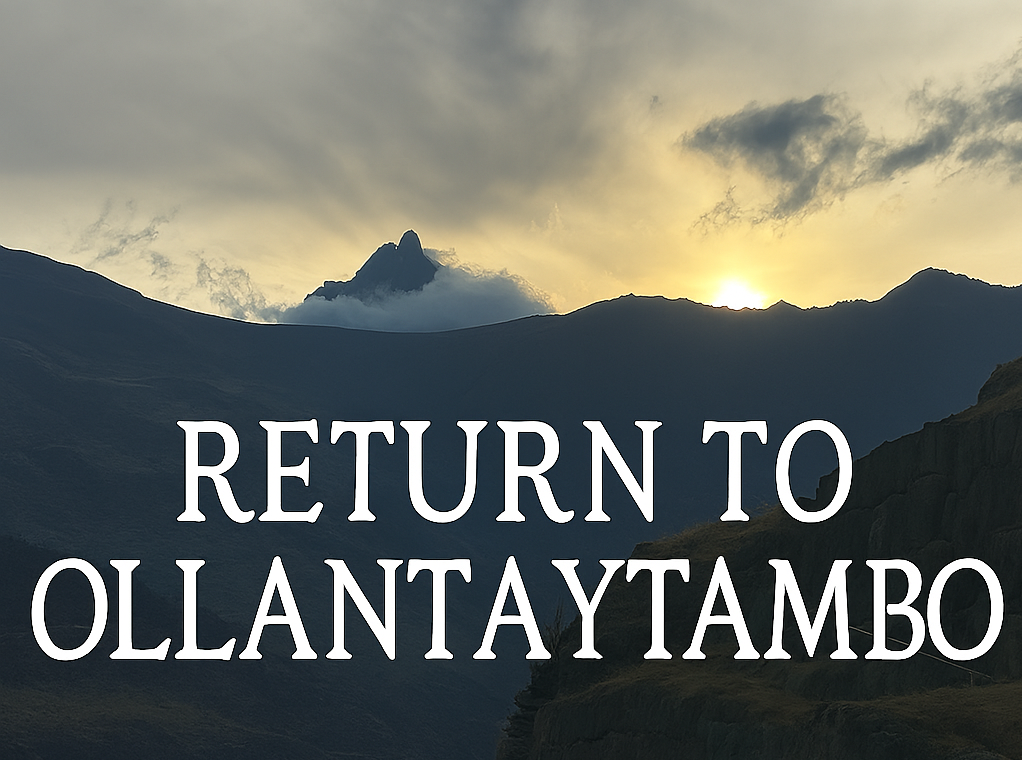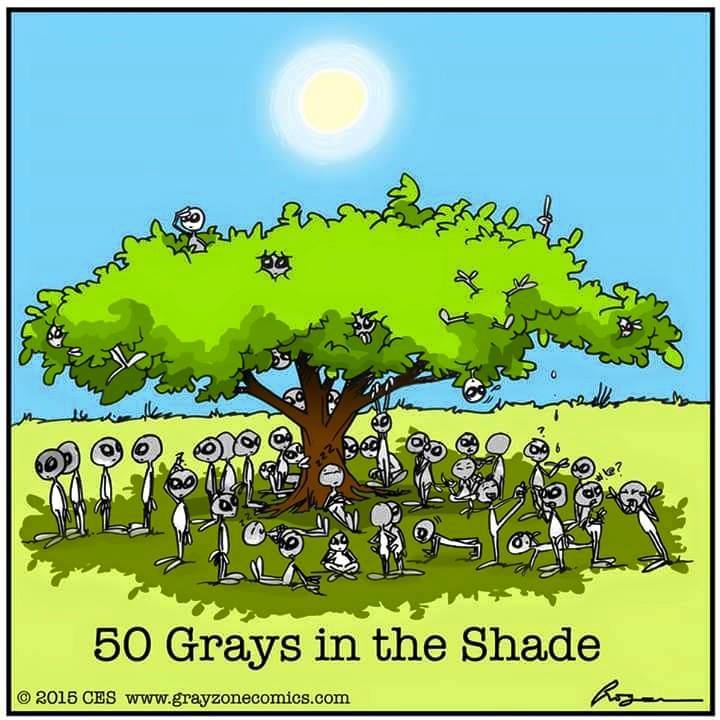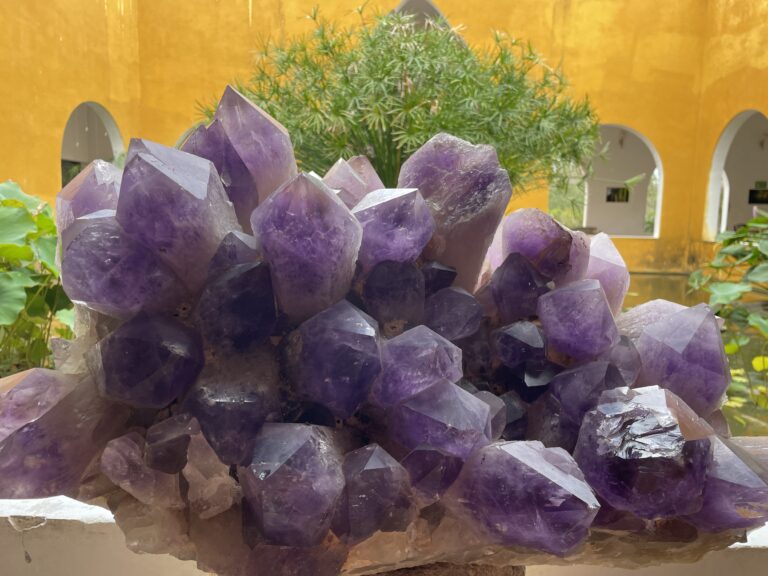Return to Ollantaytambo
We arrived to Ollantaytambo before sunset. This was a return visit for me—twelve years ago, I traveled with a group that blazed through the town on our way to catch the train to Machu Picchu. Back then, it was a blur of luggage and train schedules. But make no mistake: Ollantaytambo isn’t simply a transition town.
It has a local rhythm that calls you to slow down—to discover restaurants tucked into stone alleys or nestled along the main street. The scent of spices drifting through the air is a memory that’s stayed with me. Today, the outdoor market brims with handicrafts and woven goods, neatly stacked and displayed. It’s a place that rewards lingering.
A wedding was erupting into full celebration—guests, horses and clergy wearing ponchos and hats layered over religious garments packed into a 16th century church courtyard that was built over an Incan temple. Women in towering heels navigated the cobblestones while sauced musicians staggered arm in arm up the path, their smiles wide-their joy spilled beyond the church walls. It was one of two weddings we’d witness during our Starseed Peru Adventure, the other marked by a proposal at Machu Picchu. Later, a few of us ducked into Emiliano’s Café—tiny, overflowing with chatter, so snug the employee could barely squeeze between the counter and the back room. Matte lattes, espressos, and Irish coffees slowly flowed from high-pressure machines to sip and soak in the Sacred Valley vibes.
The archaeological site of Ollantaytambo lies just west of the pueblo, pressed against the mountain’s edge. You pass along stone-cobbled streets with water canals still running—an echo of Inca engineering that continues to nourish the town. At the entrance, you’re faced with choices.
You can climb the 150 or so steps to the summit, where the Temple of the Sun and the Wall of the Six Monoliths stand in silent grandeur. Or you can explore the terraces, each one a testament to agricultural ingenuity. If your knees have had enough verticality, you can walk the length of the site to discover a network of fountains and channels, still flowing—echoing the Incas’ reverence for water. Stone foundations of ancient buildings rise from the earth, and tall standing stones appear gathered in the main ceremonial spaces—haphazardly like an open-air museum rearranged for viewing, rather than puncturing the earth for solar alignment and purpose.
Continue past the fountains and the bull in an adjacent pasture to discover the cliff face—where a naturally forming condor head juts out, watching over a set of foundations whose original purpose remains unknown. The condor, sacred to the Incas, symbolized the upper world—a guardian of time, spotted by Sue, our starseed.
Yet for me, what captivated my attention was a peak shrouded in clouds—Huacay Willka. Some of our starseeds climbed the steps to see it from the Temple of the Sun. I observed the mountain from the terrace below—it pulls you in—as I waited for others to make their way to the entrance. It was after the 5:30 PM closing time, and the site still buzzed with tourists reluctant to leave. That’s when the cloud formation parted to reveal a triangular-shaped peak on the eastern skyline. It was a magical view.
While I stood below, watching the clouds shift and reveal the summit, Sara—one of our starseeds—was perched atop the Temple of the Sun, perhaps capturing the same moment with her camera. Two perspectives, one revelation.
That moment—when the clouds parted to reveal its peak, after hours, with the site still humming with humanity—felt like a gift. The ancient Incas believed mountains were sacred beings and through initiation connected to the Apus. The condor, the terraces, the flowing water—all symbols of a civilization that saw divinity in the land itself.
©2025 Thea’s Heart, LLC® – All Rights Reserved
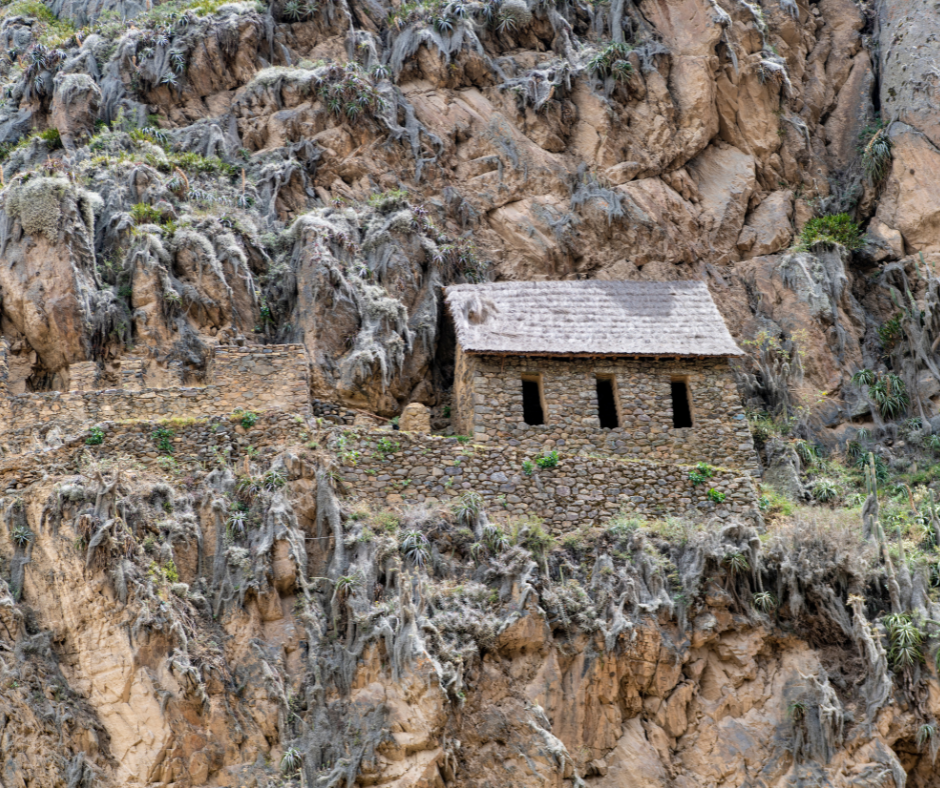
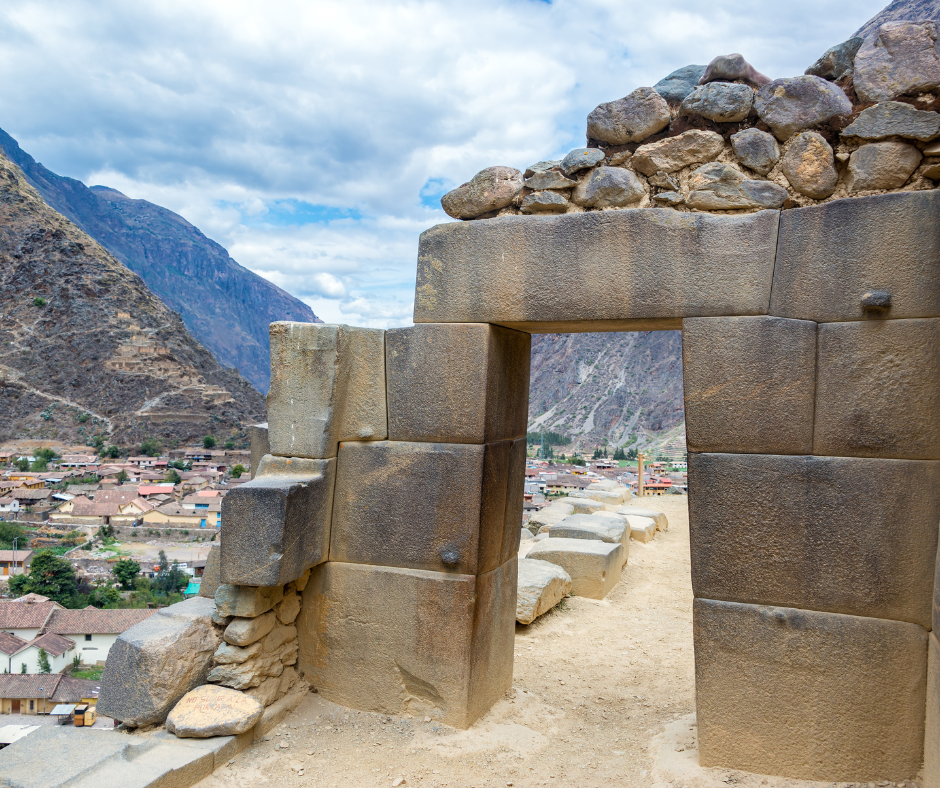
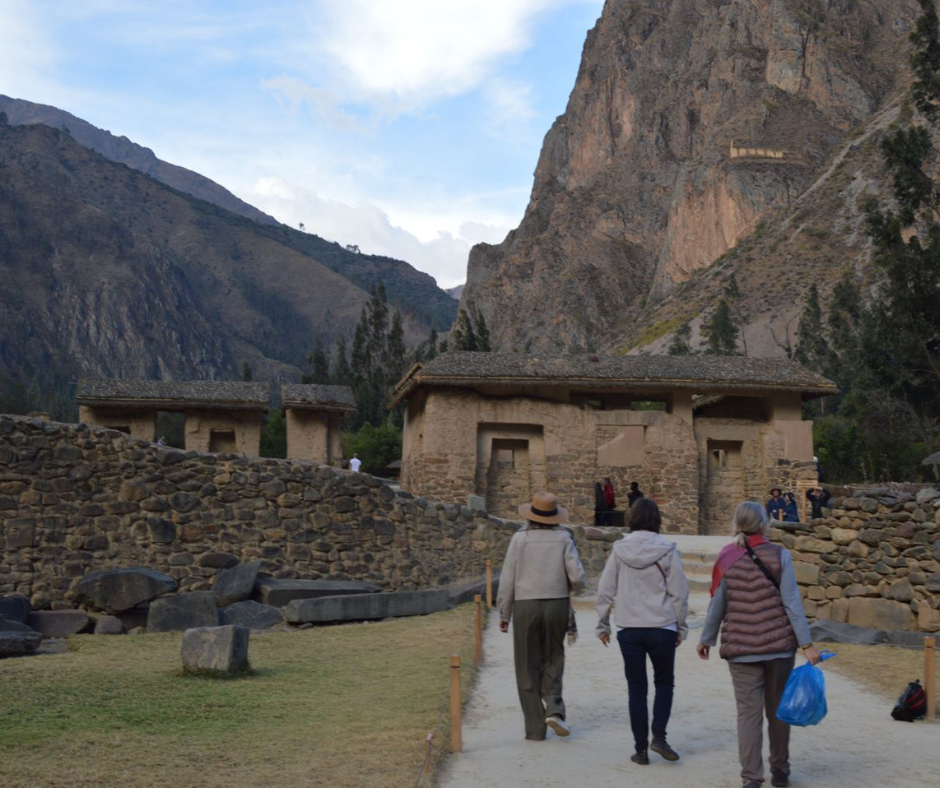
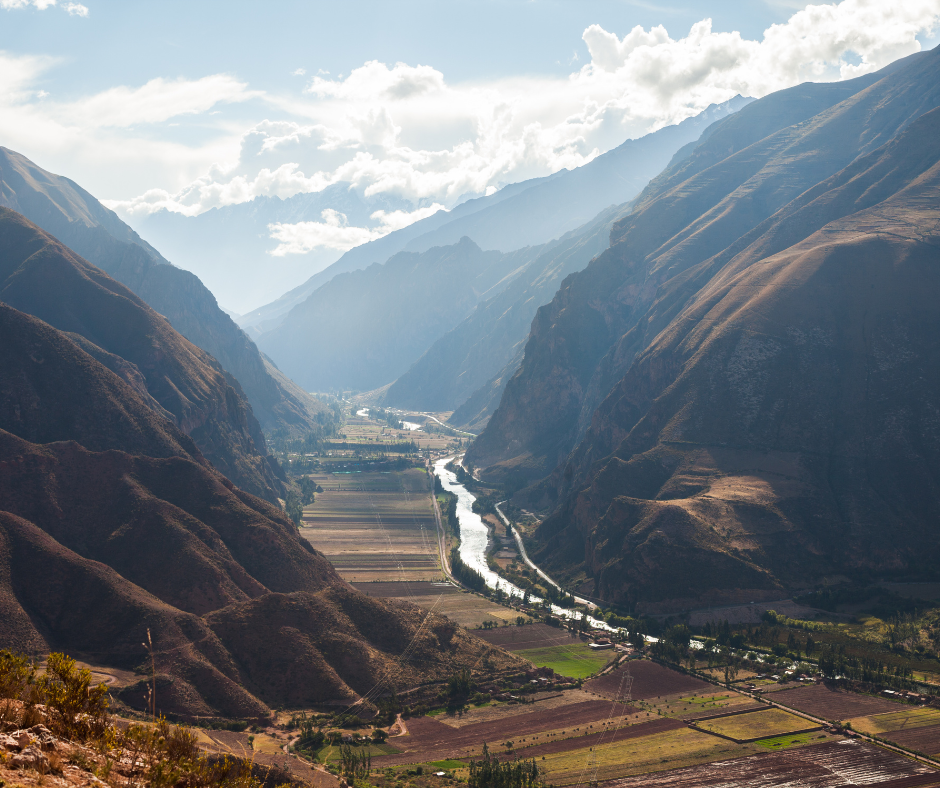
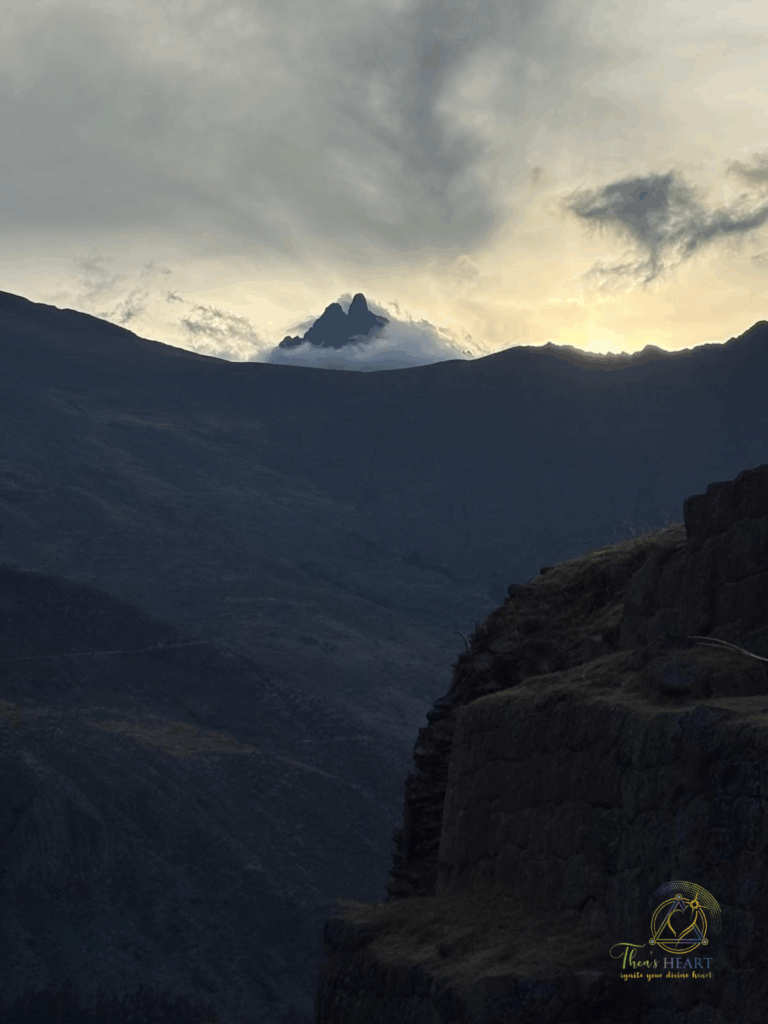
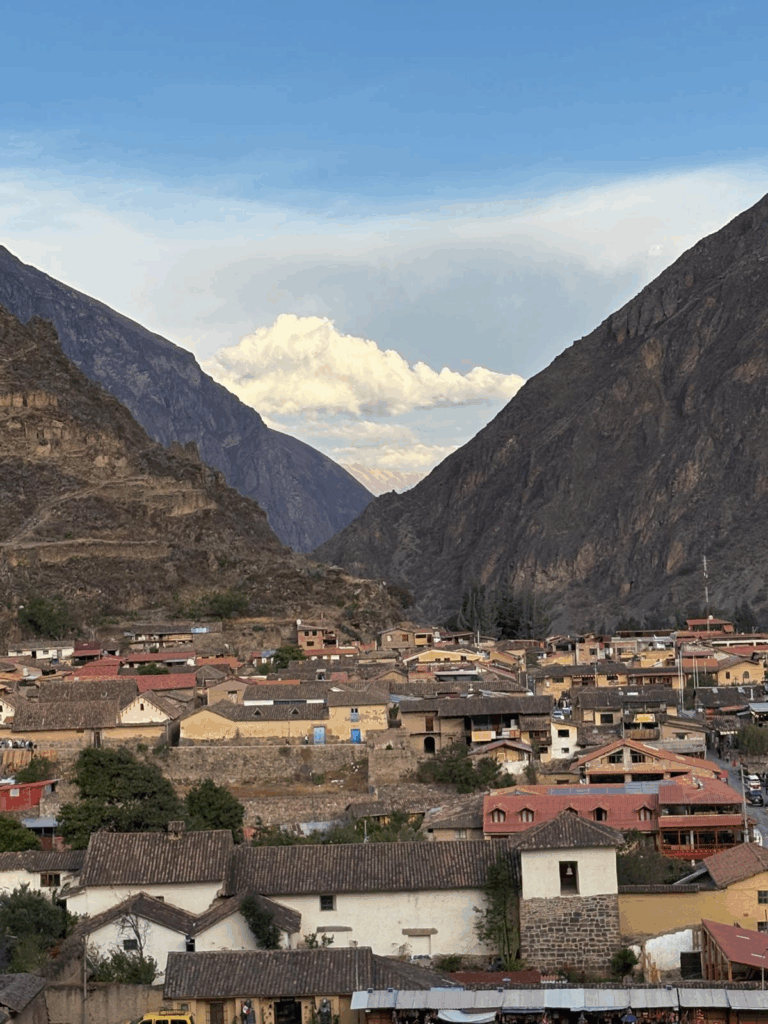
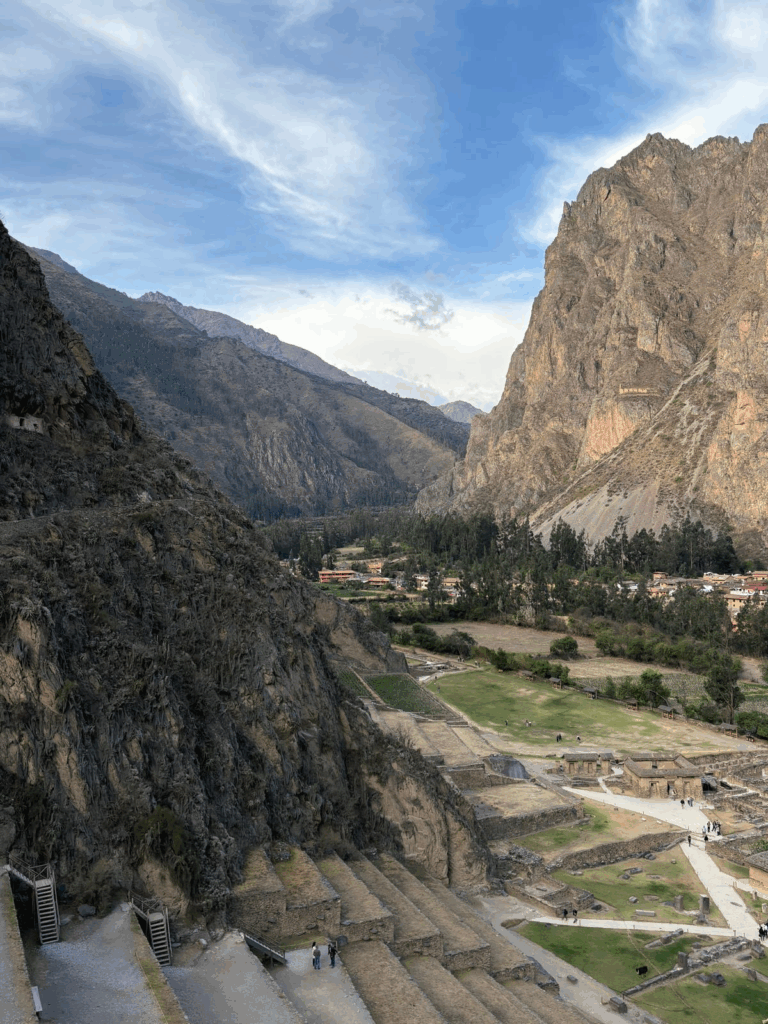
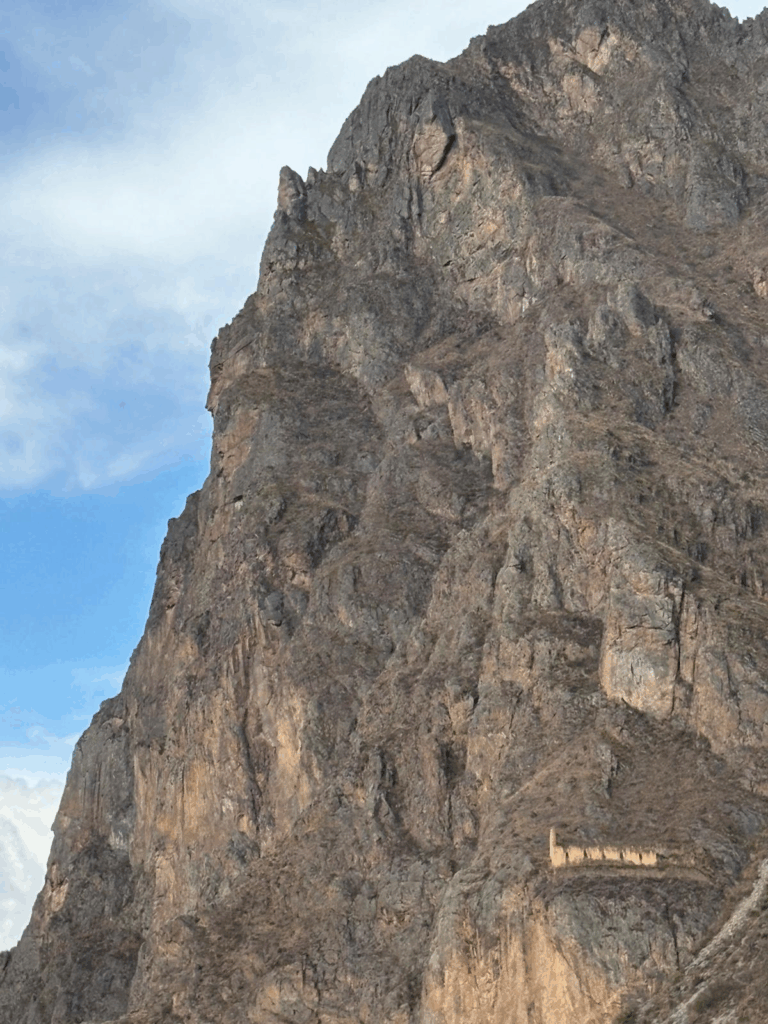
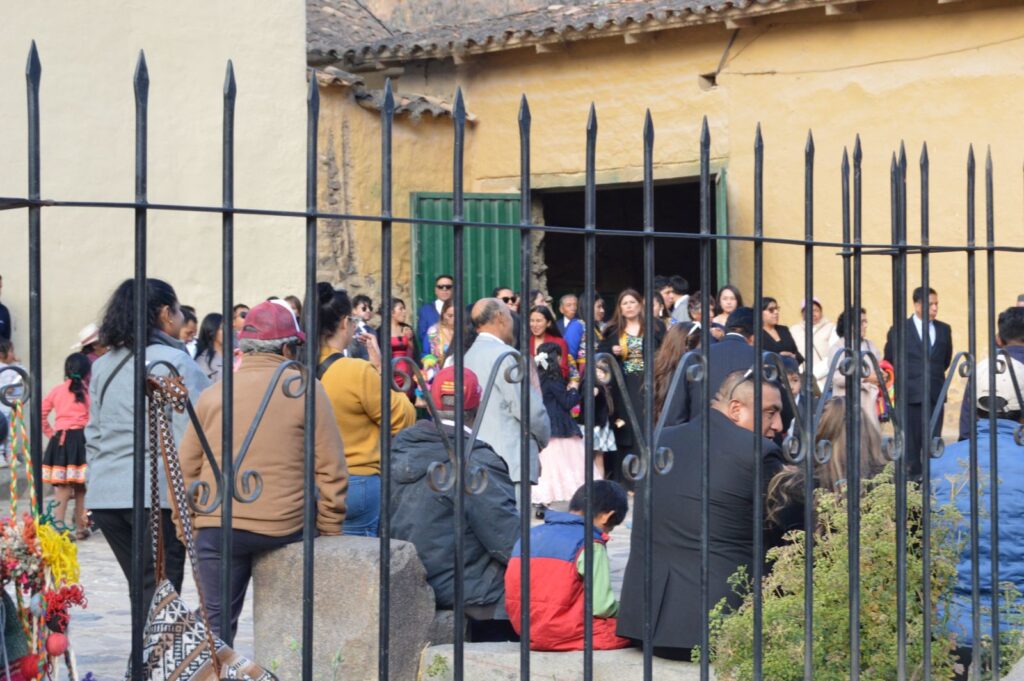
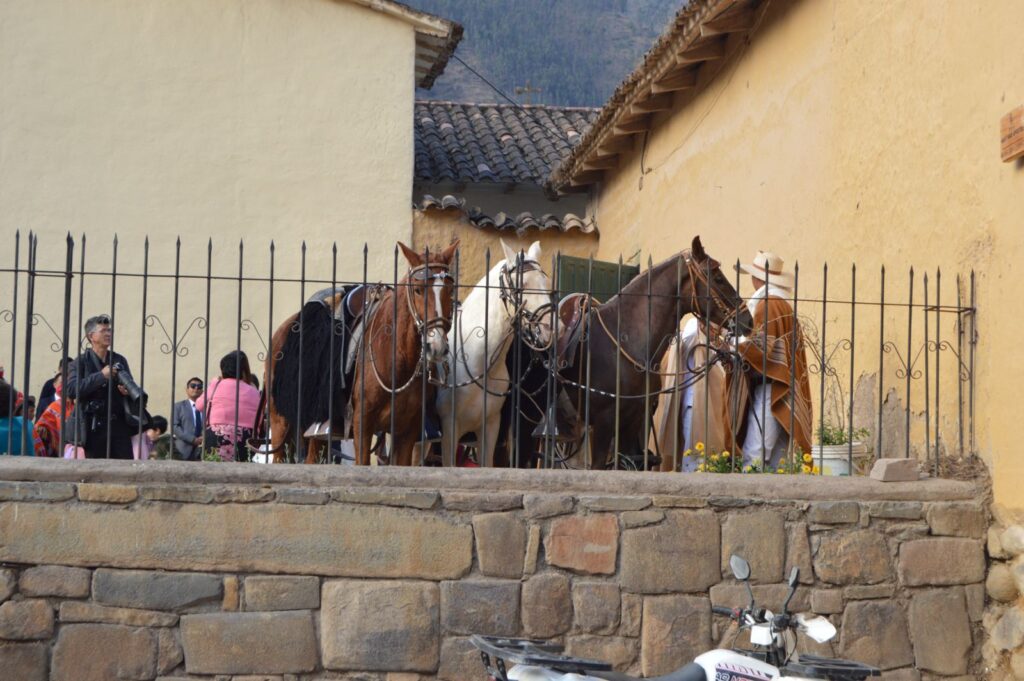
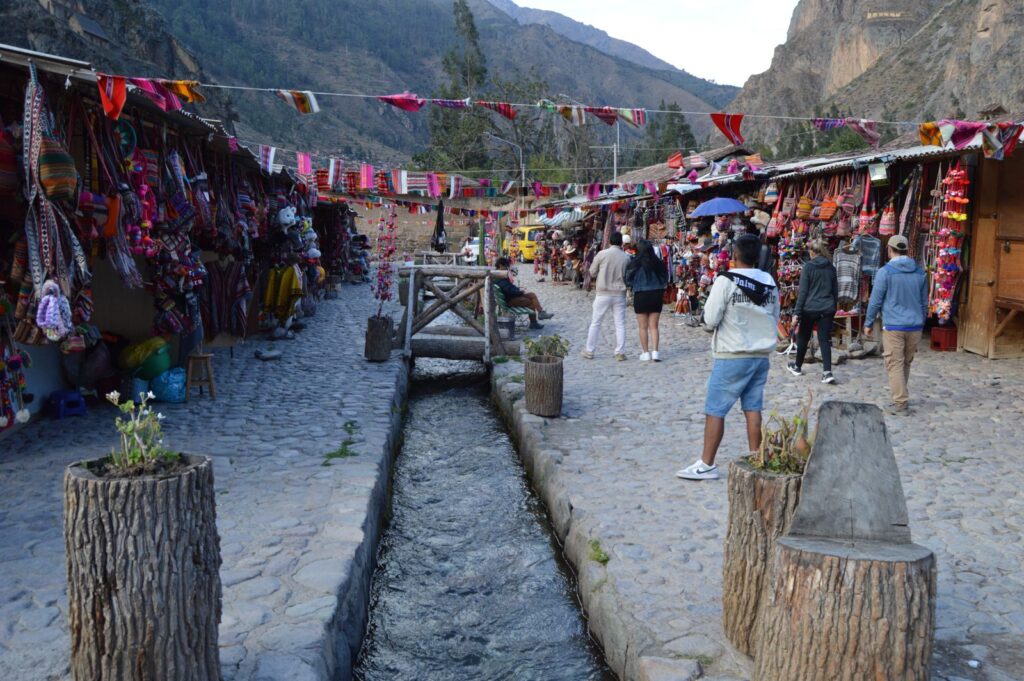
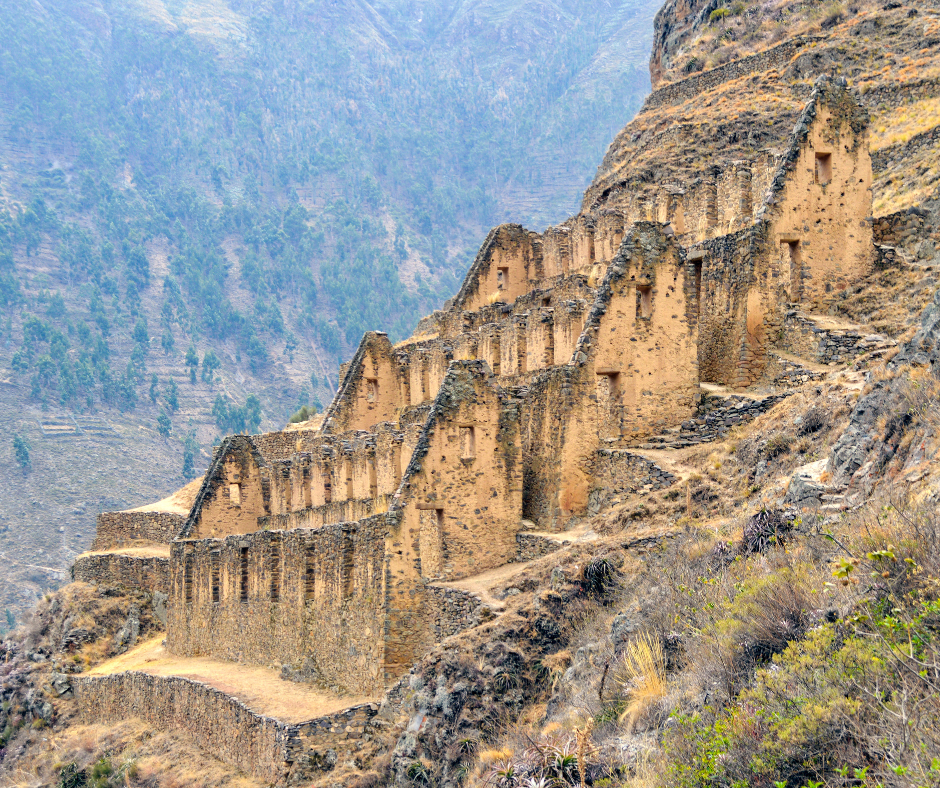
Ollantaytambo: A Living Legacy of the Inca Empire
Nestled in Peru’s Sacred Valley, Ollantaytambo is a reflection of Inca ingenuity and resilience. Originally built by Emperor Pachacuti, the visionary ruler who transformed the Inca state into a sprawling empire, Ollantaytambo served as both a royal estate and a strategic agricultural hub. Pachacuti’s influence is etched into the town’s very foundations: from the meticulously carved terraces that climb the mountainside to the still-functioning stone aqueducts that channel water through the streets.
But Ollantaytambo’s story doesn’t end with imperial grandeur. In the 16th century, it became a fortress of resistance under Manco Inca, who used the town’s elevated terraces and irrigation systems to fend off Spanish conquistadors in one of the few successful battles of the Inca rebellion. The echoes of that defiance still linger in the massive stone walls of the fortress, where visitors can stand and imagine the clash of empires.
Today, Ollantaytambo remains one of the best-preserved examples of Inca urban planning. Its grid-like streets, trapezoidal doorways, and ceremonial centers are not museum pieces—they’re part of daily life. Locals live in homes built atop Inca foundations, and the town pulses with a blend of ancient tradition and modern vitality.
Whether you’re hiking to the Pinkuylluna storehouses, catching a train to Machu Picchu, or simply wandering its cobbled lanes, Ollantaytambo invites you to step into history—not as a spectator, but as a participant.

